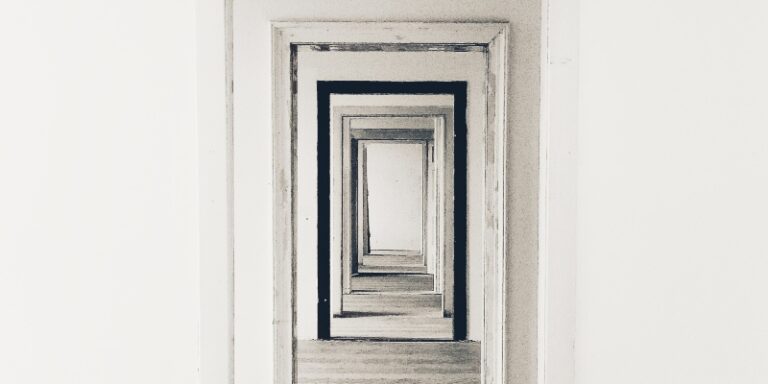I was twelve. It was 1993 and we were in far rural northern California in a town called Weed that looked about like it sounded. It was winter, I think, which in 1993, still meant blizzards, and dirty snowbanks piled high at the edges of the road.
In the distance, the sun set behind Mount Shasta, backlighting her ethereal silhouette in luminous oranges and pinks. Inside, I lingered outside Mom’s prayer-room door. I could just make out the low hum of her voice on the phone.

She’d been doing this more. Having hushed conversations behind closed doors. I pressed my ear closer to listen.
“It’s a past-life thing,” she was saying. Her voice husky and conspiratorial. When I was sure she’d hung up, I waited a beat, knocked, and walked in.
A sliver of space between the bathroom and the stairs to my room, the prayer room was herd sanctuary—the only space in the house she’d claimed as her own. Every day, she’d slip away, shutting the hollow door to pray or chant or decree or whatever she was into at the time. Technically, she was just on the other side of the door, but she was gone.
In the place where we couldn’t reach her. The one I never fully understood. In the center of the room, was a patio chair draped with an afghan, where she sat to read.
Along the windowsill, saint cards were lined up like family portraits: Joan of Arc; Archangel Michael; Saint Francis, the first Catholic stigmatic. Mom’s heroes weren’t girlboss CEOs or flamboyant artists or extraordinary .
















